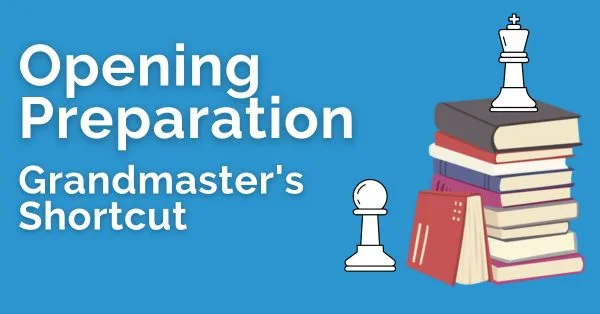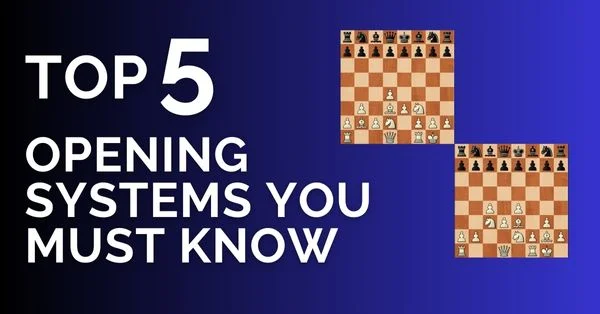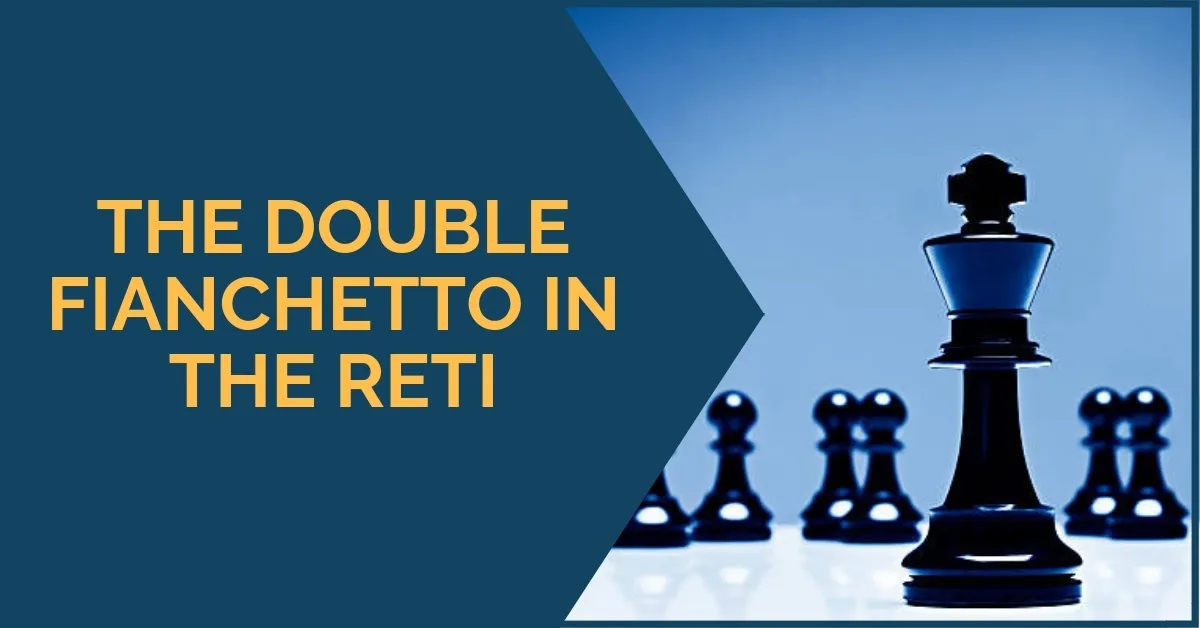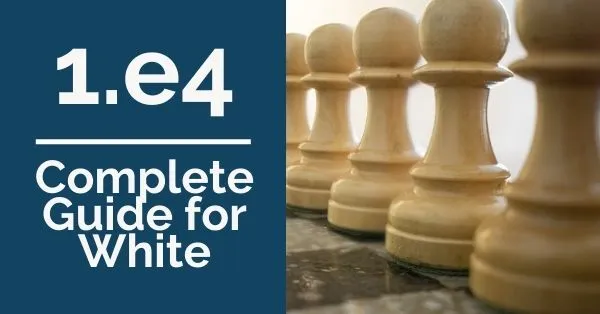Opening Preparation: Grandmaster’s Shortcut

Practical chess has a time limit. You can only make a certain number of moves with high think time. It’s a well-known fact that the number of possibilities in a game increase exponentially as the number of moves increases. Therefore, it makes sense to study the initial part of the game and try to prepare the moves in advance in order to save time and increase familiarity. This is where Opening Preparation comes in.
But preparing a good opening repertoire is one of the most daunting tasks for any chess player.
There are so many variations, ideas, books, and videos to study. In this article, we’ll take a look at a couple of effective approaches you can take to get started with opening preparation.
1. Focusing on effective, low-theory openings
One simple method is to take the fight to the middlegame. You don’t need to memorize hundreds of moves and variations to play well in the opening. Instead, you should focus on openings that are sound, solid, and flexible, that allows you to reach playable positions without too much risk or effort. These are usually openings that are based on general principles and common sense, rather than on specific move orders and concrete lines.
For many club players, there is a temptation to avoid main-line opening theory and instead play offbeat openings. The huge advantage this brings is avoiding one’s opponent’s theoretical knowledge and thus throwing them much more on their resources.
Also, one curious point is that many of the lines one sees played at the club level are gambits, which leads to the kind of exciting open play that many players find attractive.
There is no doubt that such an approach can be effective, even up to the master level. Indeed, the anti-theoretical approach has been gaining popularity rapidly in recent years. Well, the London system was essayed by Ding Liren in a World Championship match and managed to score a victory! The same London that many masters recognize as dull and lifeless if played accurately.
For example, you can play the London System or the King’s Indian Attack with white, or the Caro-Kann or the Modern Defense with black, and get good results without knowing much theory.
2. Understanding the key structures and strategies
After opening the setup of the opening you’re gunning for the opening won’t play itself.
You still have to know the key structures and strategies. It has been repeated numerous times by masters that the most important thing in the opening is not to know the moves, but to understand the ideas behind them.
You should be able to recognize the typical pawn structures and piece placements that arise from your chosen openings and know what are the main plans and themes for both sides.
For example, if you play the King’s Indian Attack you should know when to play for a direct kingside attack or when to absorb the opponent’s counterplay on the queenside and counterattack in the center.
Of course, both of these approaches are possible after the usual KIA setup, but a true understanding will only be gained after a thorough analysis of key structures and strategies.
3. Taking care of off-beat lines
One of the challenges of opening preparation is to deal with unexpected or rare openings from your opponents. Sometimes they may play a dubious gambit or a tricky sideline that you have never seen before.
How should you react?
The best way is to stay calm and use your common sense.
Don’t panic or try to refute their moves immediately. Instead, follow the basic opening principles:
- develop your pieces,
- control the center,
- castle your king,
- connect your rooks.
If their moves are really bad, you will soon get a better position. If they are not so bad, you will still get a normal position where you can outplay them later.
4. Unexpected moves
One of the most challenging aspects of opening preparation is dealing with the unexpected moves that your opponent might play. These are the off-beat lines that are not covered by the main theory but can still pose some problems if you are not familiar with them. How can you handle these situations without wasting too much time and energy?
The answer is to use a grandmaster’s shortcut. This method simplifies the position and reaches a playable middlegame without getting into too much trouble.
The idea is to follow some general principles and avoid unnecessary complications. Here are some tips on how to apply this technique:
- Develop your pieces quickly and harmoniously. Don’t neglect your king’s safety and castle as soon as possible.
- Control the center and don’t let your opponent gain too much space. Try to exchange or undermine any pawns that advance too far.
- Don’t be afraid to trade pieces, especially if you are unsure about the position. Reducing the material will make it easier to find good moves and avoid blunders.
- Don’t go for dubious sacrifices or speculative attacks. Unless you have a clear reason to do so, it is better to play solidly and patiently.
- Don’t panic if you don’t know the theory. Trust your intuition and common sense.
By following these guidelines, you will be able to cope with most off-beat lines and reach a satisfactory middle game.
Of course, this does not mean that you should stop studying the opening to improve your opening repertoire. But it will help you save time and energy for the more critical moments of the game.
You also might like Developing The Sense of Danger, Top 7 Steps to Learn a Chess Opening Fast as well as 7 Most Important Attacking Principles.
Conclusion
Opening preparation should not be a complex task for players below the Master level. Make sure you get your priorities right: First, choose whether you want to play a Theoretical Opening or a Setup based on.
Then understand the typical strategies and ideas as deeply as possible. Also, if you’re playing a theoretical opening try to keep in touch with the latest developments (you can do this by following Grandmaster games).
The latest developments in an opening help us understand why certain moves are played and how to think differently in a given position that might be standardized.
https://thechessworld.com/store/product/pirc-defense-lemos-formula-with-gm-damian-lemos/










Comments: